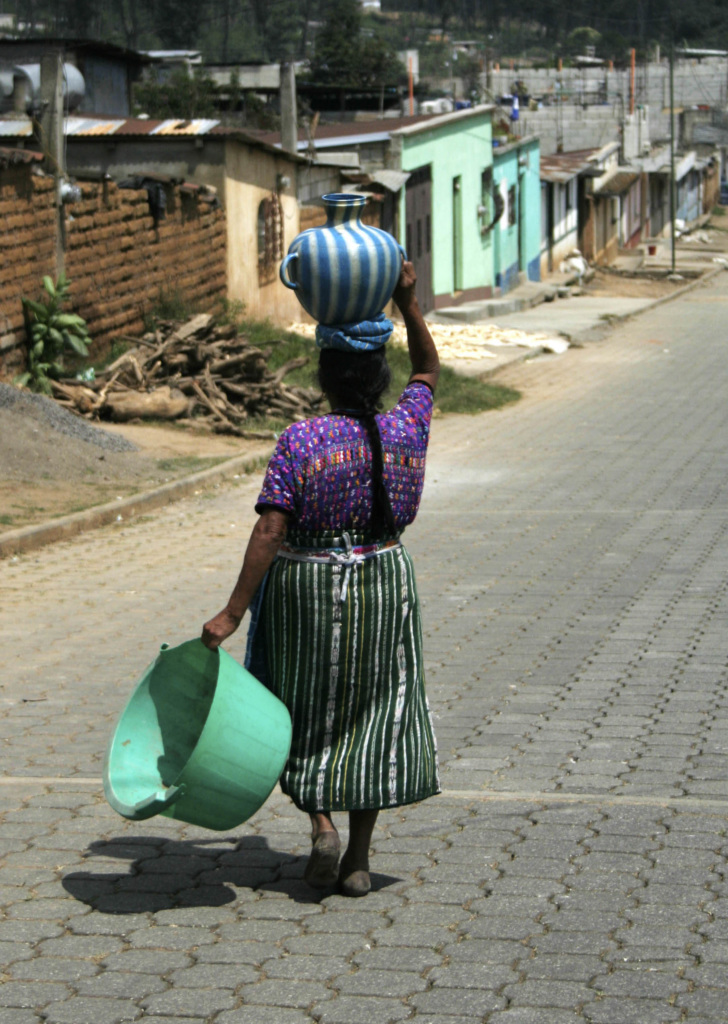Global Financing Facility: Evidence Briefs

As world leaders hash out the next set of development goals, there’s momentum to shift away from the ‘what’ and start talking about the ‘how’—including how to pay for this massive effort. Unfortunately, this discussion has focused on low-income countries, leaving Latin America and the Caribbean (LAC) largely excluded from the conversation.
LAC is a region that has moved almost entirely into middle-income status, but is still a long way from achieving development goals. The question of how to finance development in middle-income countries is a tricky one. While it may not be sustainable to keep pouring in donor money, we cannot assume that governments will fill the gap. From 2005 to 2011, LAC experienced a 73 percent increase in gross domestic product (GDP), while public health expenditures only increased by 12 percent. As a result, some 34 percent of healthcare costs in LAC are paid for out-of-pocket, higher than in any other region of the world.

Furthermore, the income classifications used to guide this discussion are problematic because they average the country’s gross national income (GNI), thereby masking inequalities within the country. Just because a country is considered middle income does not mean everyone living in that country enjoys the same level of economic development. Overall, almost three quarters of the world’s poor live in middle-income countries.
At a recent workshop on Financing for Development with advocates from around LAC, this issue came up time and time again as la trampa de la renta media, or middle-income trap.
Inequality is the buzzword when it comes to development in LAC. According to the United Nations Development Programme (UNDP), LAC is home to 10 of the 15 most unequal countries in the world. In Brazil, a country touted as an economic powerhouse of the region, the wealthiest quintile of the population holds more than half of the income, while the lowest quintile holds less than 5 percent. In Guatemala, one of the poorest countries in the region, the situation is almost identical.
In terms of sexual and reproductive health, Latin America has a relatively high contraceptive prevalence rate (CPR), but once again this indicator can be deceiving. Disparities exist between ethnicities, different levels of education, and urban and rural populations.
Advocates in LAC are especially concerned that the rosy picture painted by the CPR hides the reality of one of the most vulnerable populations—youth. LAC has the second-highest adolescent birth rate of all developing regions, and almost 30 percent of girls age 15-19 have already become mothers. Most strikingly, the United Nations Population Fund (UNFPA) found that LAC is the only region experiencing an increase in pregnancies among girls under age 15.
All of this goes to show that there is still work to be done in Latin America—both in terms or sexual and reproductive health and development at large. Advocates and service providers in LAC know the complex reality behind statistics and averages. It’s time for the international community to take a closer look as well. When it comes to making big development decisions, we need better data that is more disaggregated to reveal the realities of vulnerable groups and able to reflect the multidimensional reality of poverty.
We are fighting back against the onslaught of harmful policies that discard reproductive rights.
Stay informed about the issues impacting sexual and reproductive health and rights.
